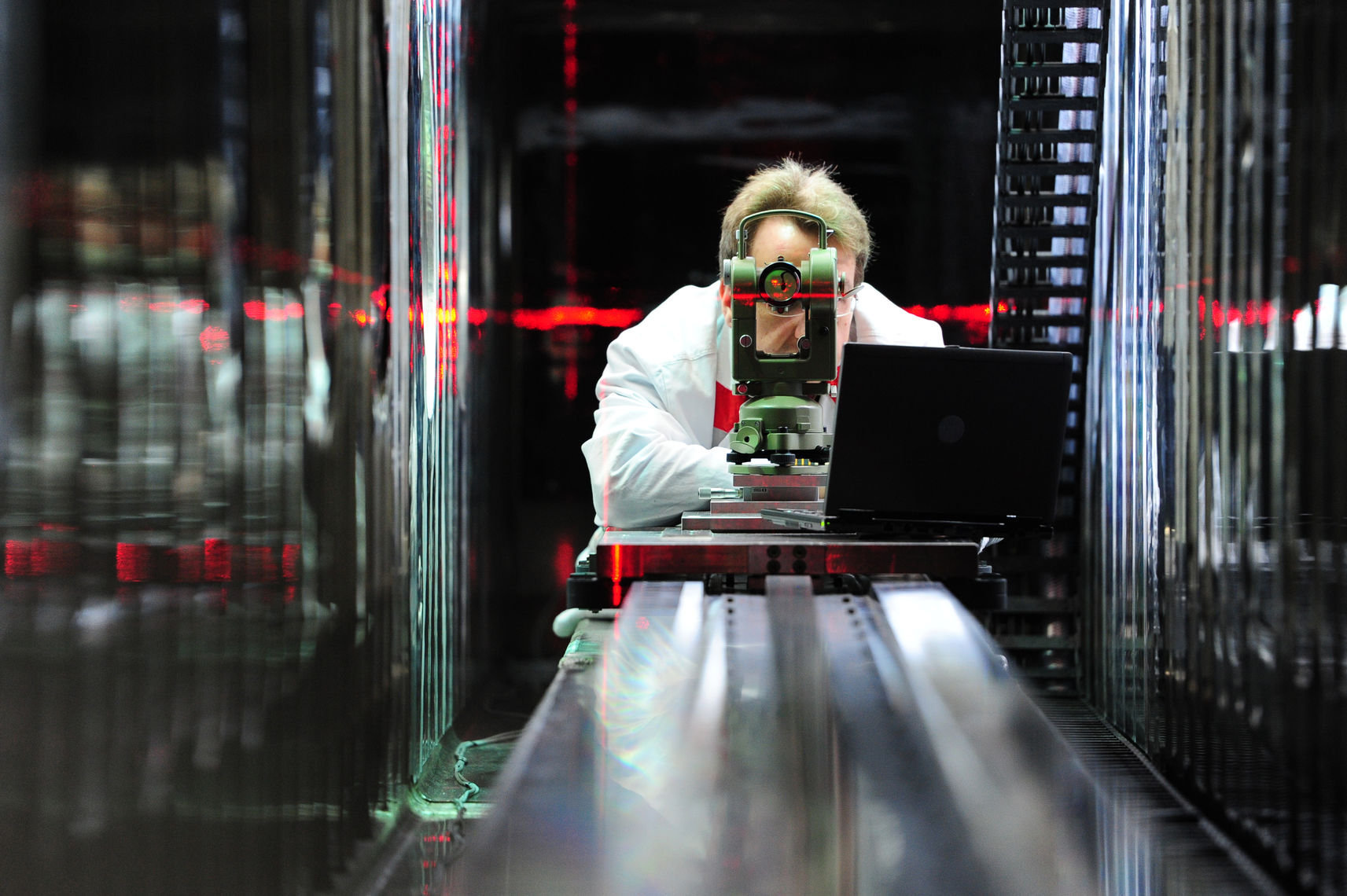For the European neutron science community, 2019 will go down as the year that three neutron research reactors in Europe permanently shut their doors, leading The League of advanced European Neutron Sources (LENS) and the European Neutron Scattering Association (ENSA), to issue a warning about a “neutron gap” that could impact scientific research across a broad range of fields from physics, materials science and chemistry, to biology, medical science and engineering.
Science Using Neutrons
Neutrons serve as a unique probe for revealing the structure and function of matter from the microscopic down to the atomic scale. Using neutron scattering for research enables us to investigate the world around us as well as to develop new materials and processes to meet the needs of society.
Find out more
The three national facilities,
Orphée, used by the Laboratoire Léon Brillouin (LLB) near Paris,
BER II at the Helmholtz-Zentrum Berlin, and
JEEP II operated by the Institute for Energy Technology outside Oslo, primarily served researchers in their own countries, but also played host to a multitude of international researchers through trans-national access programmes; each making a valuable contribution to neutron science in Europe.
According to a press release issued jointly by LENS and ENSA, 50% of neutron science publications, globally, can be attributed to European researchers from academia and industry, working at European neutron sources. In the wake of the neutron facility closures, LENS and ENSA are together working on a new vision to maintain Europe’s leading position in neutron science.
The European Spallation Source will contribute to maintaining Europe's leading position in neutron science. ESS represents the next-generation of large-scale science infrastructures, that is not based on reactor-based technology. However, ESS, which aims for First Science in 2023, will take a few years to ramp up to full capacity. Meanwhile, the 2019 reactor closures leave Germany’s FRM II in Garching and the 50-year-old Institut Laue-Langevin (ILL) in Grenoble, France, as the last major neutron research reactors in their respective countries.
“We must prepare the current and next generation of users to make the best use of what will be the most powerful source in the world - ESS, while on balance, we are facing considerably reduced access to instruments in Europe,” said Christiane Alba-Simionesco, former director of LLB and chair of ENSA.
Helmut Schober, LENS chair and director of the ILL said, “European neutron science owes its outstanding performance over the last 50 years largely to the close-knit network of facilities available to scientists. The three reactors closed in 2019 were all vital pillars of this network, in particular BER II and Orphée, which both ran extensive international user programmes.
"Fortunately, significant steps have already been taken to prepare for these closures," Schober informed, "ESS is well on its way, while the remaining major European sources have invested heavily into upgrading their capacities and capabilities. In addition, LLB will maintain its neutron activities by engaging in strong collaborations with other facilities and the future ESS,” he stated, adding that “provided we can maintain the proper level of support, Europe can expect to retain its world-leading position”.
Find out more about LENS and ENSA below.
The League of advanced European Neutron Sources (LENS) has the not-for-profit purpose of promoting cooperation and projects between European-level neutron infrastructure providers that offer a transnational user programme. The individual members remain independent but together through LENS join forces to support and strengthen European neutron science by creating an effective, collaborating ecosystem of neutron facilities. The nine facilities comprising LENS can be found
here.
The European Neutron Scattering Association (ENSA) has a membership of 7,000 registered scientists in 21 countries, accounting for half of the world’s scientific production from neutron scattering. The European countries represented by ENSA include Austria, Belgium, Czech Republic, Denmark, Estonia, France, Germany, Greece, Hungary, Ireland, Italy, Netherlands, Norway, Poland, Romania, Russia, Slovakia, Spain, Sweden, Switzerland and the United Kingdom.

























